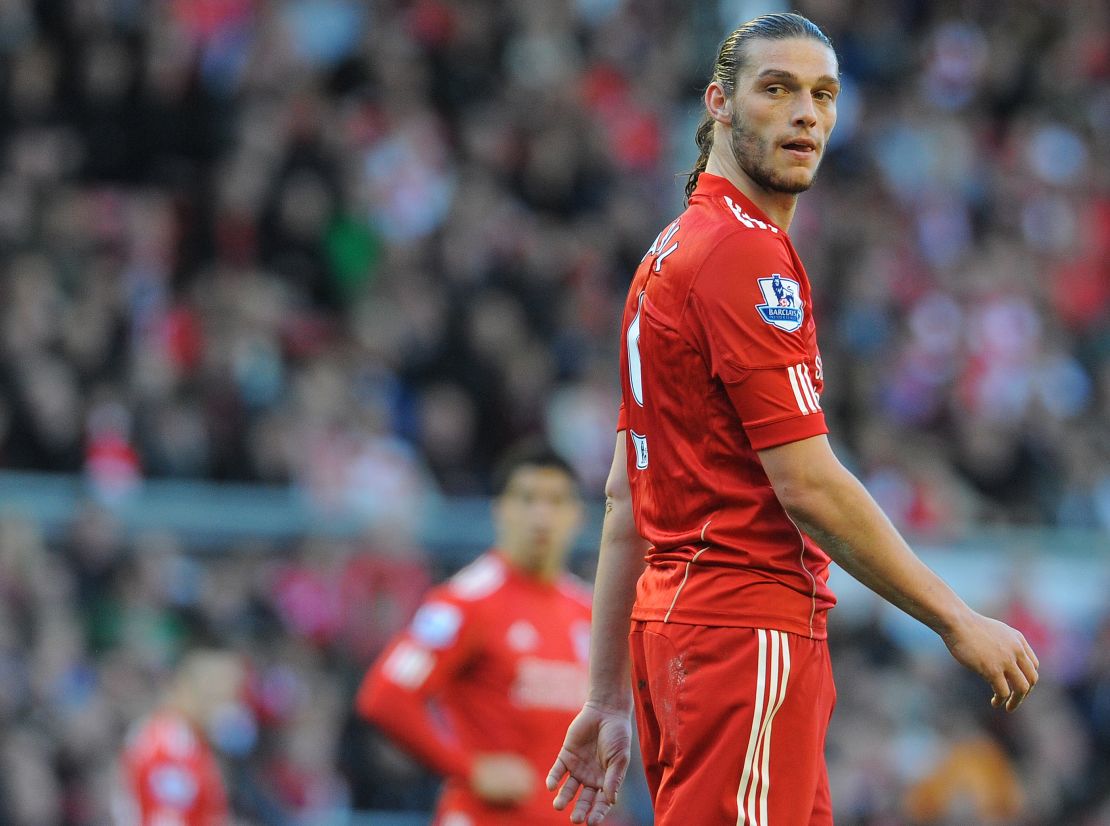Time and again, the January transfer window has proven to be a minefield for English Premier League clubs looking to make big money signings.
So why does spending continue to rise?
The arrivals of Bruno Fernandes and Sander Berge to Manchester United and Sheffield United, respectively, took the Premier League’s outgoing this month to $242.7 million.
That figure is a small increase on last season’s $236.2 million but well short of the record $564.25 million spent in 2018.
Since the league’s inception in 1992, it means clubs have now spent a total of $2 billion during the January transfer window.
With the January 2020 deadline at 11pm GMT (6pm ET), that figure is expected to rise even further still.
READ: Manchester United will ban ‘for life’ fans found guilty of attacking Ed Woodward’s house
READ: China delays start of football season as Wuhan coronavirus cases top 7,000
Overpriced risks
Whether it’s clubs looking to strengthen and challenge for a Champions League place or those looking to bolster their squads in a relegation battle, January signings have often been desperate and overpriced.
Selling clubs, conversely, generally have no intention of losing an influential player midway through the season, so have tended to significantly hike the asking price.
Manchester United, for one, should know better than most about the pitfalls of doing business in January.
Only last season, it reportedly made Alexis Sanchez the Premier League’s highest paid player, welcoming him with a glossy video that featured the Chilean’s impressive piano playing skills.
Unfortunately for the club, those skills were not transferred onto the football pitch.
Liverpool, similarly, has been burned in the past.
In 2011, the club parted with a then club record fee of $45 million for Andy Carroll, who went on to score just 11 times for the club before being sold at a significant loss to West Ham.
There have been success stories, too, but these still come at a huge cost.

Manchester City signed Aymeric Laporte for a club record $74.8 million in January 2018, though the French defender proved a priceless acquisition as he helped the club clinch the Premier League title in his first six months in England.
In the same window, Liverpool paid a world record fee for a defender when it signed Virgil van Dijk from Southampton but the big Dutchman has been worth every penny, winning the Champions League and becoming widely recognized as one of the world’s best players.
One decade on
While the current January transfer window feels significantly quieter than years gone by, when held up against the window of January 2010 it feels positively frenetic.
Just a decade ago, the biggest transfer of the winter was Younes Kaboul’s $6.5 million move from Portsmouth to Tottenham.
Ten years on and Spurs have again been the most active team this window, completing the permanent signing of Giovani lo Celso and Steven Bergwijn for a combined $71.15 million.
Given both Tottenham and Manchester United linger just six points outside the final Champions League place, the outlay for any signings – desperately overpriced or otherwise – will pale in comparison to the revenue gained for competing in Europe’s premier competition.





